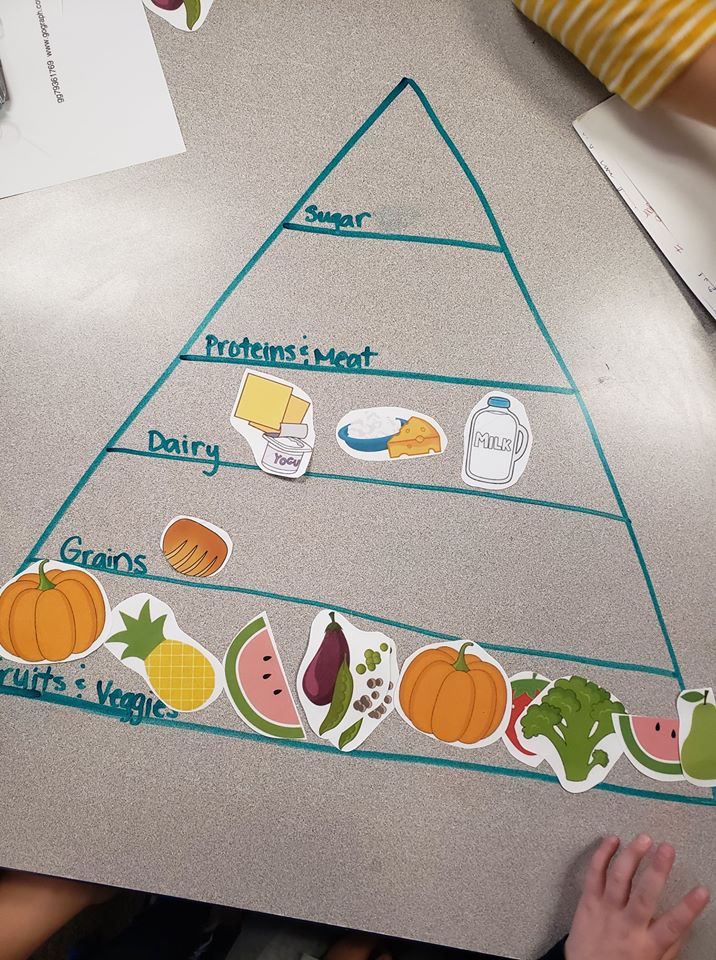Introducing toddlers to healthy foods is a vital step in establishing lifelong eating habits. Engaging them in fun and educational food activities not only piques their interest but also teaches them about nutrition. Here’s how to create engaging activities that make healthy eating enjoyable for toddlers.
1. Colorful Fruit and Vegetable Exploration
Introduce toddlers to the vibrant world of fruits and vegetables by focusing on colors. This activity encourages them to try new foods while learning about nutrition.
- Color Sorting: Provide a variety of fruits and vegetables, and let toddlers sort them by color. This can include red strawberries, green cucumbers, and orange carrots. Discuss the names and colors as they sort.
- Taste Testing: Once sorted, encourage toddlers to taste each item. Use descriptive language to talk about flavors and textures, such as sweet, crunchy, or juicy.
- Rainbow Plate: Create a rainbow plate by arranging fruits and vegetables in a rainbow pattern. Let the child help with the arrangement, making it a fun and colorful snack time.
2. DIY Mini Pizza Making
Making mini pizzas offers a creative way for toddlers to choose healthy toppings and learn about balanced meals.
- Ingredient Selection: Provide whole-grain English muffins or pita bread as the base. Offer a variety of toppings, such as tomato sauce, cheese, bell peppers, mushrooms, and spinach.
- Assembly: Allow toddlers to spread sauce and sprinkle cheese on their pizza base. Encourage them to choose and add their preferred toppings, fostering decision-making skills.
- Cooking and Eating: With adult supervision, bake the mini pizzas. Once cooled, enjoy them together, celebrating the child’s creative culinary efforts.
3. Garden Planting Activity
Growing a small garden introduces toddlers to the origins of their food and the importance of fresh produce.
- Simple Planting: Choose easy-to-grow plants like cherry tomatoes, basil, or lettuce. Use pots or a small garden patch for planting.
- Participation: Let toddlers help with planting seeds and watering plants. Discuss how plants grow and what they need to thrive.
- Harvesting: When ready, involve them in picking the produce. Use the harvest in meals, emphasizing the connection between garden and table.
4. Smoothie Sensation
Making smoothies is an exciting way to incorporate fruits and vegetables into a toddler’s diet.
- Ingredient Choices: Offer a selection of fruits like bananas, berries, and mangoes, along with leafy greens like spinach or kale. Provide yogurt or milk for creaminess.
- Blending Fun: Allow toddlers to add ingredients to the blender with supervision. Talk about the different colors and flavors as they create their unique smoothie.
- Enjoying Together: Pour the smoothie into colorful cups and enjoy together, discussing the health benefits of each ingredient.
5. Storytime with Food
Combine storytelling with food to teach toddlers about healthy eating habits.
- Food-Themed Books: Read books that focus on healthy eating, like stories about fruits, vegetables, or cooking. Engage toddlers with questions about the characters’ food choices.
- Role-Playing: Act out scenes from the book with toy foods or real ingredients. Encourage toddlers to participate and make their own food stories.
- Discussion: Discuss the importance of eating a variety of foods and how different foods help our bodies grow strong and healthy.
6. Creative Food Art
Turn food into art to inspire creativity and make healthy eating fun.
- Food Faces: Use a variety of fruits and vegetables to create faces on a plate. Cucumber slices can be eyes, cherry tomatoes a nose, and a red pepper a mouth.
- Edible Animals: Create animals using healthy ingredients, like a banana dolphin or a cucumber caterpillar. Encourage toddlers to invent their own edible creations.
- Sharing Creations: Encourage toddlers to share their food art with family members, promoting pride in their healthy creations.
7. Cooking Together
Involving toddlers in simple cooking tasks builds skills and interest in healthy eating.
- Simple Recipes: Choose simple recipes like fruit salad, yogurt parfaits, or vegetable sticks with hummus. Assign age-appropriate tasks like washing produce or stirring ingredients.
- Safety First: Teach basic kitchen safety, like washing hands and being careful with utensils.
- Celebrating Efforts: Praise their contributions and enjoy the meal together, reinforcing the joy of cooking and eating together.
Conclusion
Engaging toddlers in healthy food activities lays the foundation for a lifetime of nutritious eating habits. By making food exploration fun and interactive, toddlers learn to appreciate a variety of foods and understand the importance of nutrition.
These activities not only foster healthy habits but also strengthen family bonds and create joyful memories around food. Embrace this opportunity to nurture curiosity, creativity, and a love for wholesome eating in young children.

